As we celebrate National Storytelling Week, we recognise that artists serve as eloquent storytellers, seamlessly blending tradition and modernity to create narratives that transcend time and resonate globally. So we’re celebrating the fusion of traditional African storytelling and contemporary art.
Introduction
As National Storytelling Week unfolds, we turn our attention to the rich storytelling of African traditions that span centuries and serve as a vibrant source of cultural expression. In this celebration, we delve into the fascinating intersection of traditional African storytelling and contemporary visual arts, exploring how artists are seamlessly blending heritage with modernity to create compelling narratives rooted in the continent's diverse cultures.
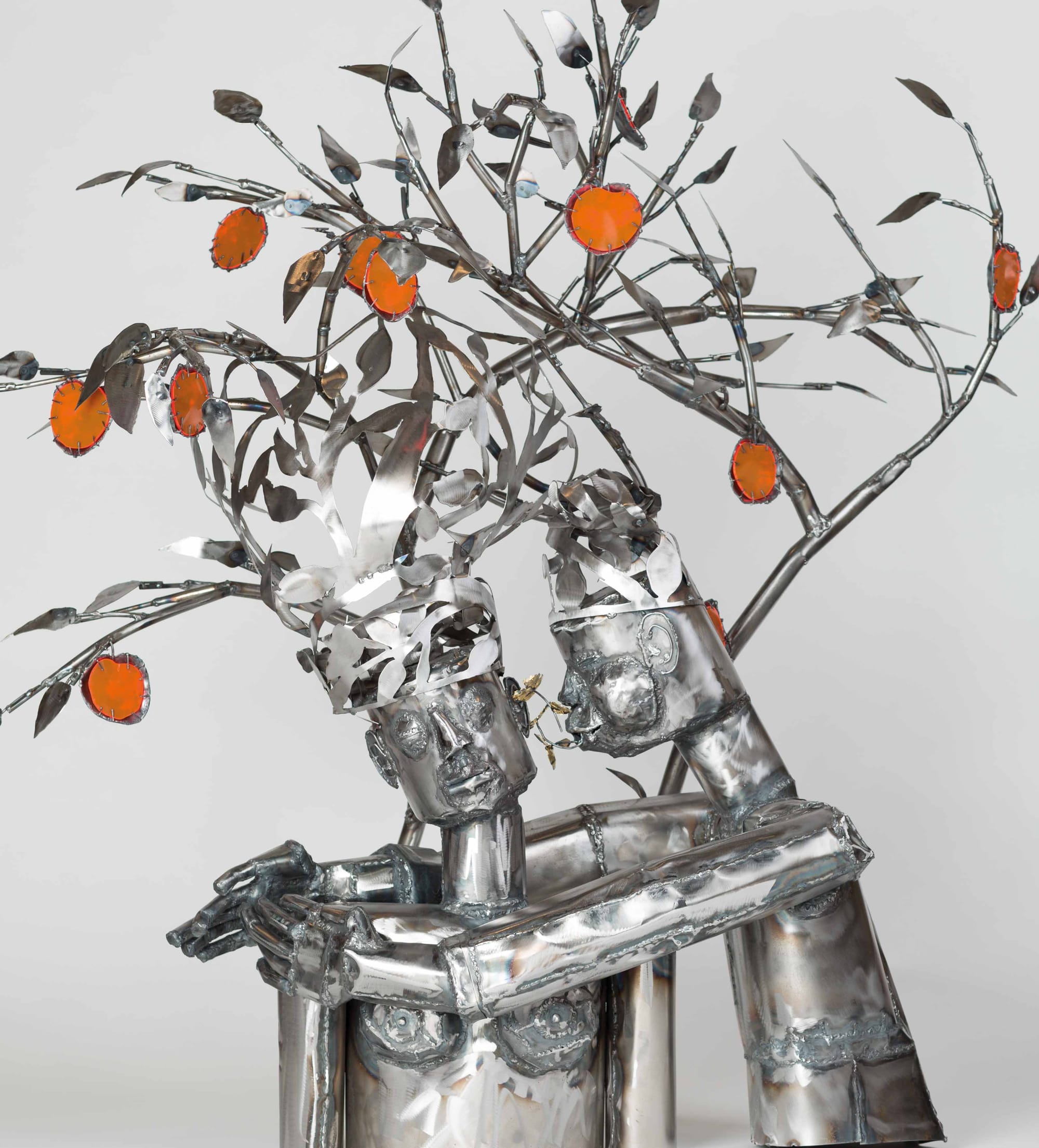
The Timeless Art of African Storytelling
African storytelling has always been a dynamic and integral part of the continent's heritage. Passed down through generations, these narratives serve as conduits for preserving cultural identity, history, and moral lessons. Whether conveyed through oral traditions, proverbs, or folklore, the stories of Africa have woven an intricate fabric that connects communities and transcends time.
In the realm of contemporary art, African artists are breathing new life into traditional storytelling by infusing it with modern visual language. This intersection allows for a powerful synthesis of the old and the new, where the timeless tales of Africa find expression on canvas, in sculptures, and through various multimedia formats.
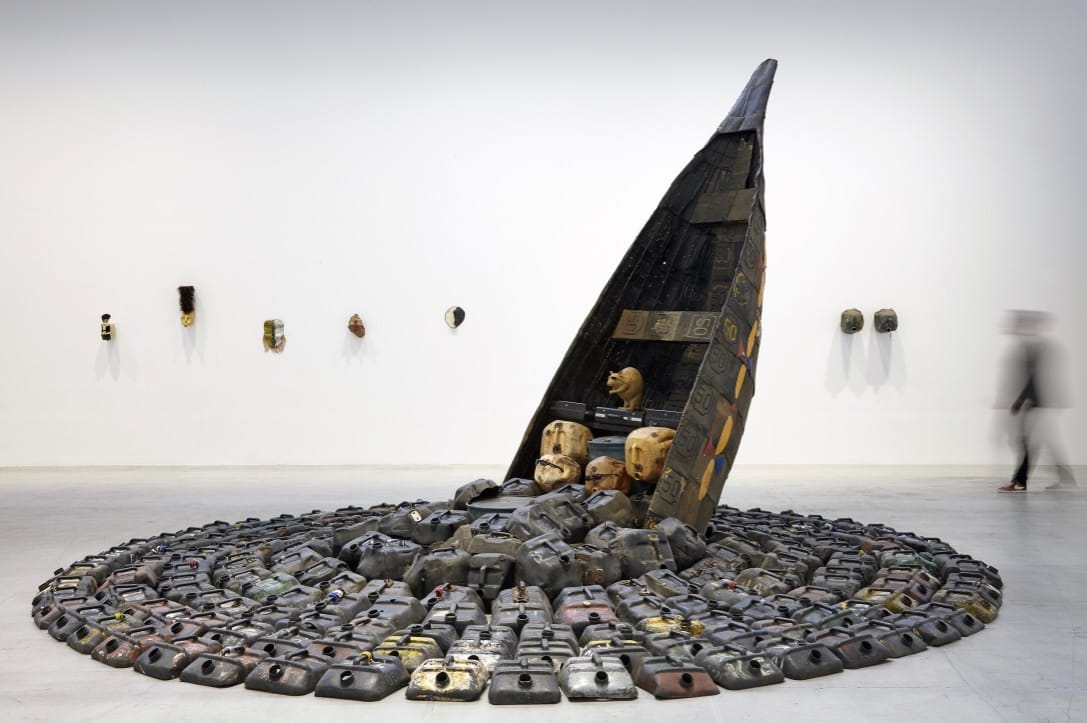
Notable Artists and Their Stories
- El Anatsui: Renowned for his large-scale metal sculptures, El Anatsui draws inspiration from the rich storytelling traditions of his native Ghana. His works, often made from recycled materials, reflect the interconnectedness of people, nature, and history, telling stories of resilience and transformation. Notably, El Anatsui was recognised on the 2023 TIME 100 List, solidifying his impact on the global art scene. Most of his active career has been centred in Nigeria, where he has played a pivotal role in shaping the contemporary African art landscape.
- Wangechi Mutu: Wangechi Mutu, a Kenyan-born artist, explores themes of identity and womanhood in her intricate collage and multimedia installations. Her works often draw from African mythology and folklore, providing a contemporary lens through which to view age-old narratives.
- Romuald Hazoumè: Benin-born artist Romuald Hazoumè is a master of transforming discarded plastic containers, particularly gasoline canisters, into thought-provoking African masks. His work tells stories of cultural identity, migration, and the impact of globalisation on African societies. Hazoumè's unique choice of materials not only adds a layer of environmental consciousness to his art but also serves as a commentary on the modern challenges faced by African communities.
- Sokari Douglas Camp: Known for her dynamic and expressive sculptures, Nigerian-born Sokari Douglas Camp often draws inspiration from traditional African rituals and ceremonies. Her work tells stories of resilience, strength, and the enduring spirit of the African people.
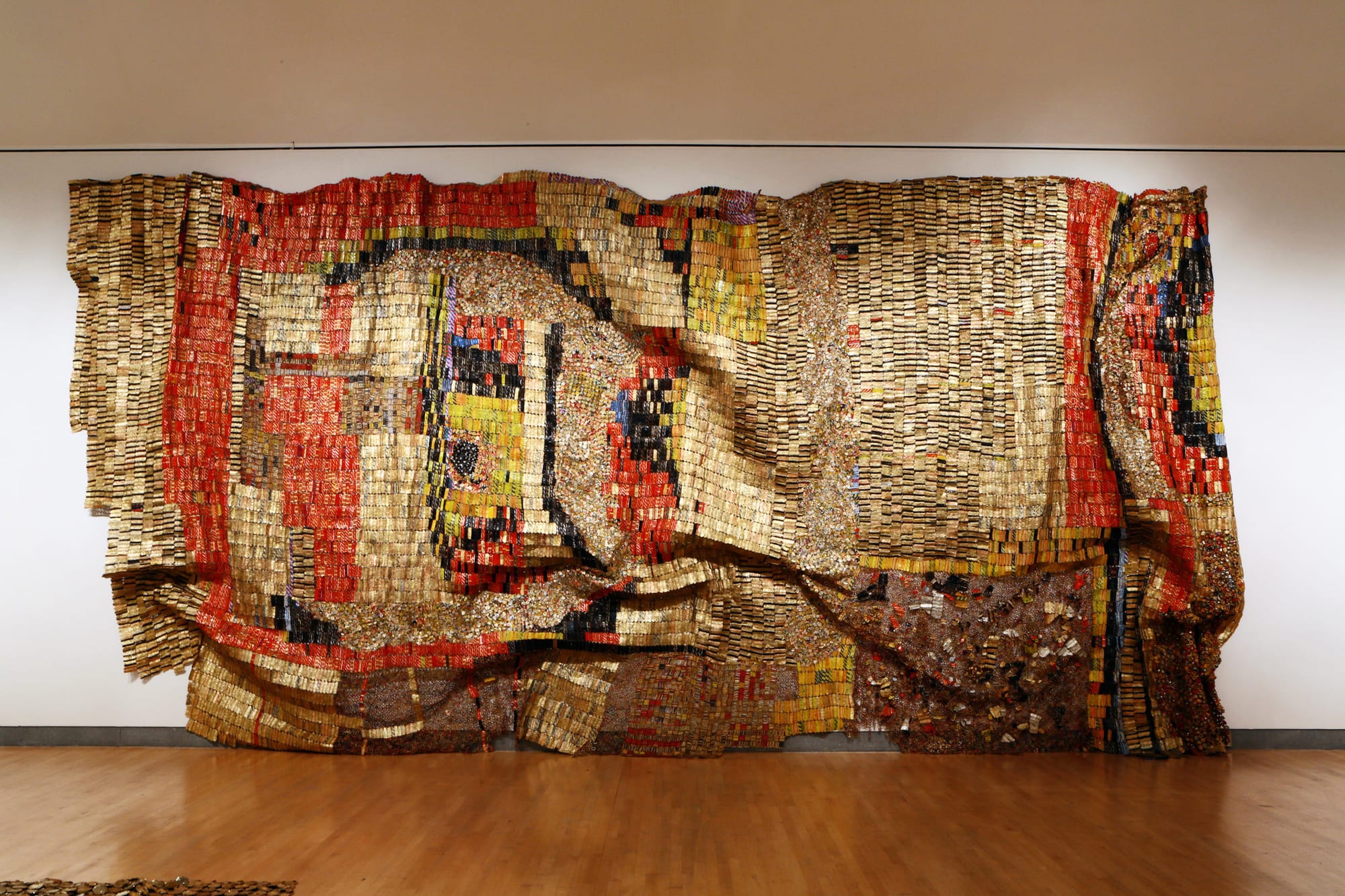
Conclusion
The contemporary African art scene is a vibrant playground where tradition and modernity dance harmoniously. Artists are not merely preserving ancient stories but engaging in a dynamic dialogue with them, using their work as a means of bridging the gap between the past and the present. This intersection of tradition and modernity not only honours the rich cultural heritage of Africa but also invites a global audience to partake in the universal language of visual storytelling.

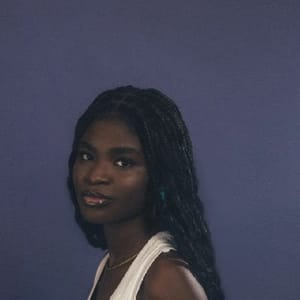
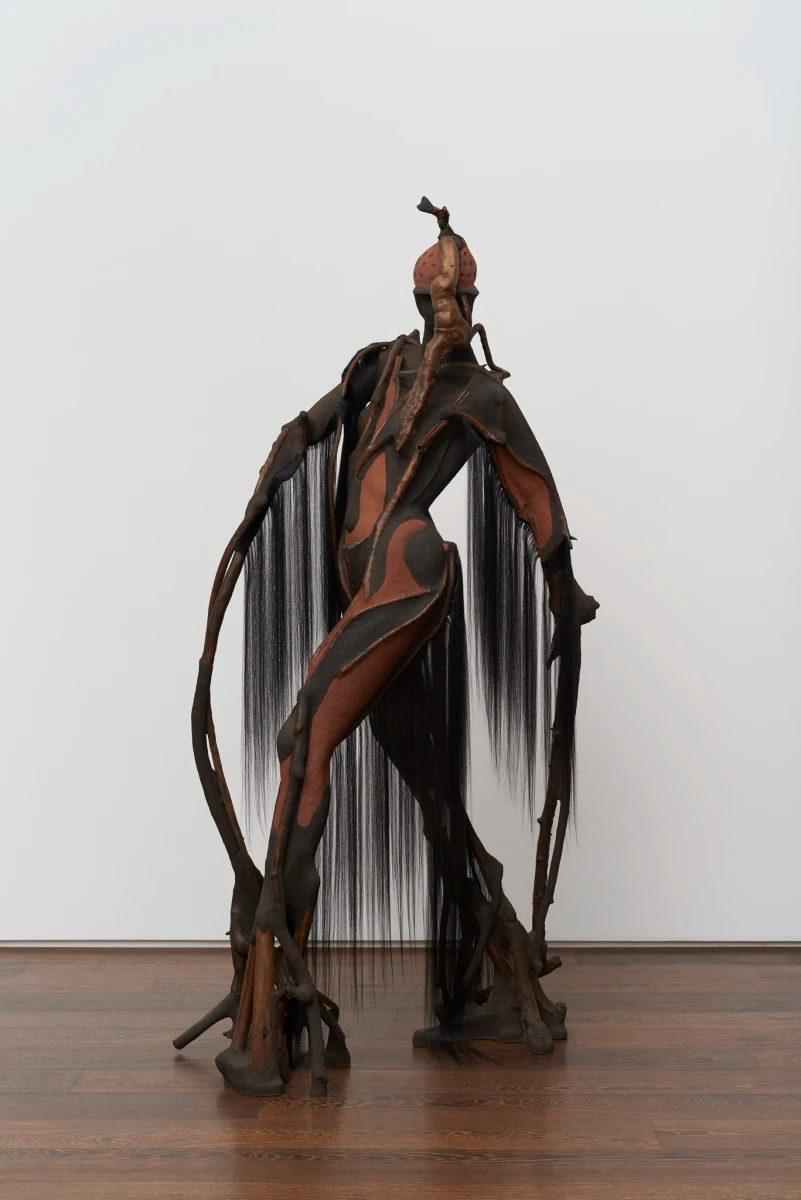

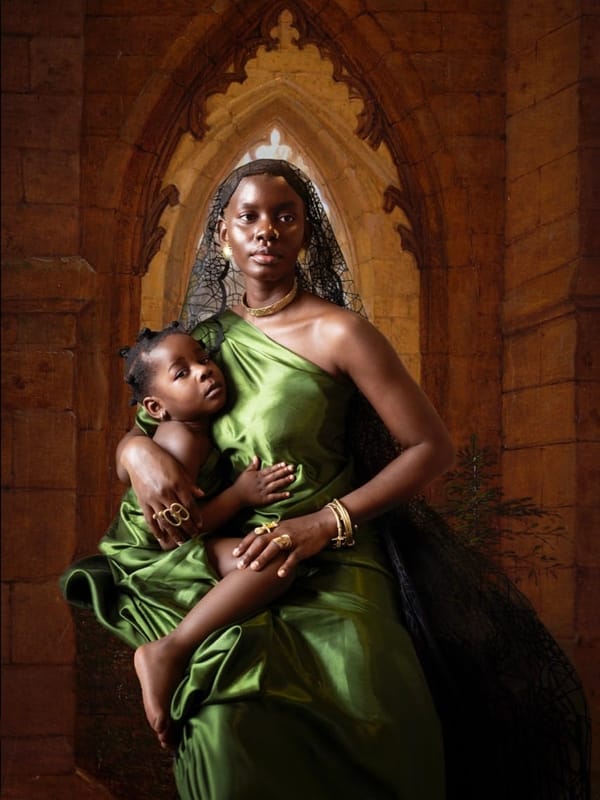
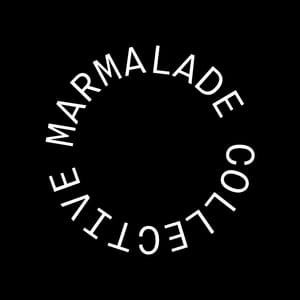
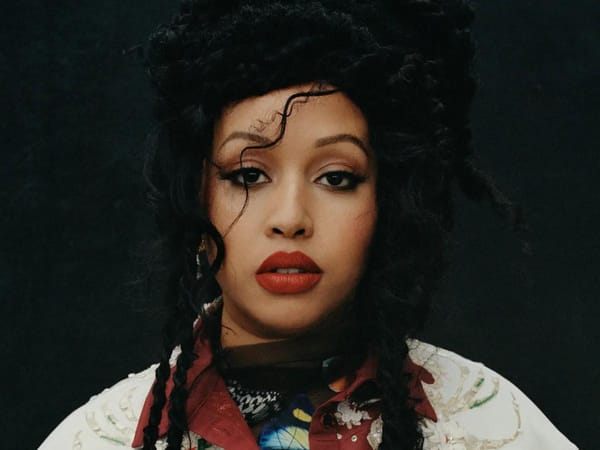
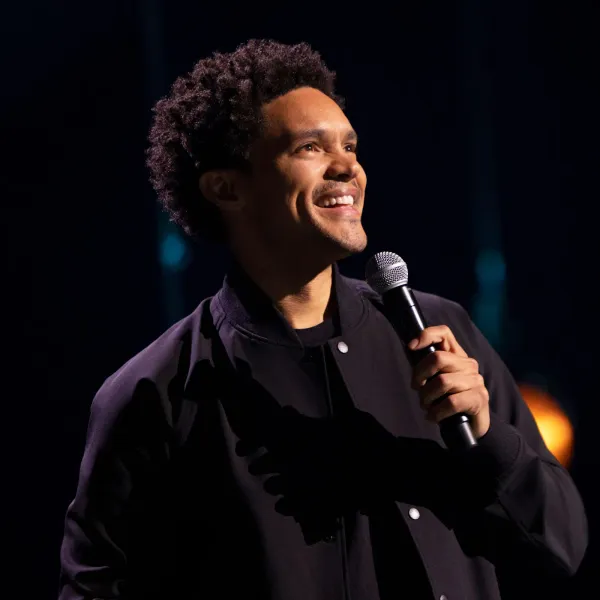
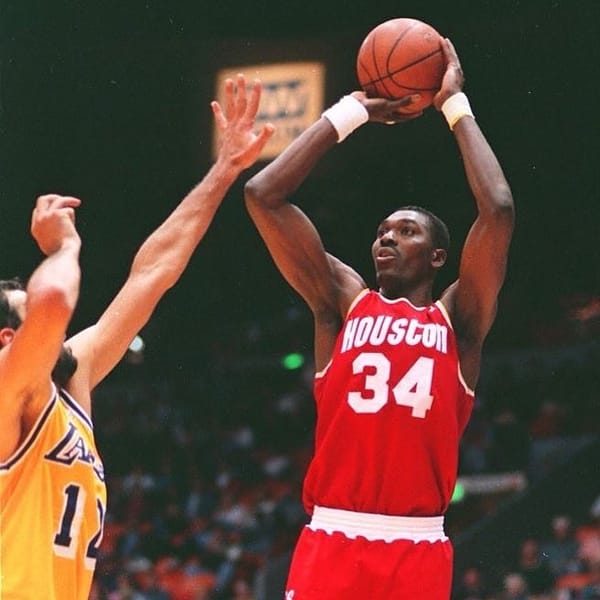
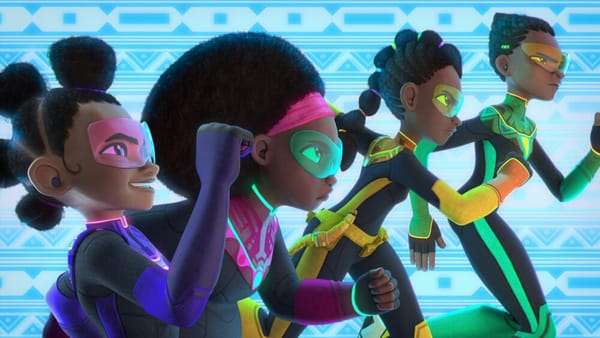
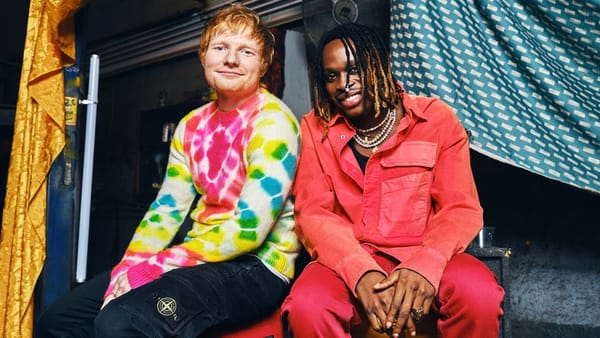
Member discussion